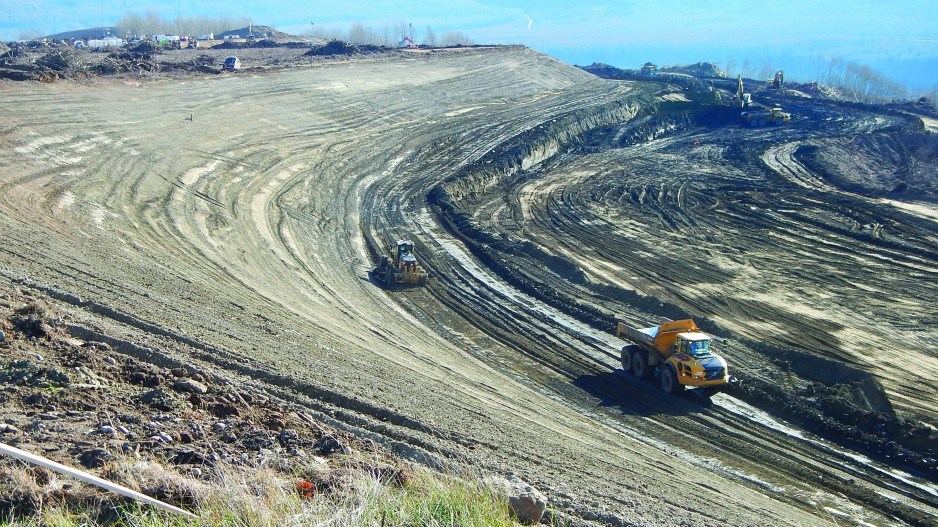The commission is also constrained by the Clean Energy Act.
The BCUC has until September 20 to produce a preliminary report and until November 1 to produce final recommendations on whether the project should be completed, halted or mothballed.
As of last week, it had received more than 60 submissions, most of which question the need for the dam and call for it to be halted.
The mandate from the new NDP government confines the commission within the scope of the Clean Energy Act, which would suggest the BCUC cannot consider two alternative energy sources that could make up part, if not all, of the power Site C would produce.
Former BC Hydro CEO Marc Eliesen laments that the act prevents the Burrard thermal plant from being considered as a backup power source. And Harry Swain, who was one of the commissioners on a joint review panel that originally reviewed Site C, says it is “nonsensical” that the act forbids B.C. from using its Columbia River Treaty entitlement; he urges the commission to consider recommending its use anyway.
But even if the act didn’t constrain the commission in its recommendations, Swain, Eliesen and others argue that BC Hydro has dramatically overestimated load forecasts, rendering Site C unnecessary. And even if the load forecasts prove true, they argue additional power could be met with other renewable energy sources – notably wind, solar and geothermal.
BC Hydro generates 43,000 to 56,000 gigawatt hours (GWh) of electricity per year for domestic use. Site C dam would generate 5,100 GWh of power annually – about one-tenth of the current domestic consumption.
In its most recent load forecast, BC Hydro projects B.C.’s power needs to grow to 65,000 GWh by 2024, and to 72,000 GWh by 2036, according to the Allied Hydro Council of BC.
Swain said BC Hydro’s load forecasts are not credible.
“Core demand is right where it was in 2005, despite the frequent ‘hockey stick’ forecasts of BC Hydro,” Swain writes in his submission.
When the previous Liberal government decided to move ahead with Site C dam, it deliberately circumvented the BCUC. The project was vetted by a provincial-federal joint review panel.
The panel concluded Site C would be the least expensive way to meet B.C.’s future energy needs, although it took issue with the timelines, saying BC Hydro had not demonstrated the need for the dam on the timelines proposed.
It also recommended the project be sent to the BCUC for a review of the project’s costs and impact on ratepayers – a recommendation ignored by the former BC Liberal government.
Swain argued that a variety of other sources of power could be used to address any future energy shortfalls, including renewables (wind, solar and geothermal), which he argues “can in aggregate be quite large at prices less than Site C.”
Former BCUC chairman Marc Jaccard, a professor at Simon Fraser University’s School of Resource and Environmental Management, has recently countered that argument.
Although Jaccard said he may not make a formal submission to the BCUC on Site C, he recently argued in print that the value of large-scale hydroelectricity outweighs the lower cost of intermittent power because it is dispatchable – that is, its output can be easily raised or lowered according to need – whereas wind and solar are not. In other words, it may be cheaper, but it’s not as valuable.
And as intermittent energy becomes more widely used, dispatchable hydro power will become even more valuable, because it provides the firm power needed to backstop intermittent power.
“As we invest in more wind and solar, the economics of dispatchable sources like Site C improves,” he wrote in the Vancouver Sun August 3.
Blair King, an environmental scientist who blogs about energy issues, agrees. In his submission, he also disputes the claim that B.C.’s demand for power has been flat.
Using data from BC Hydro’s annual reports, King created graphs that show that – once energy exports are stripped out – both domestic and commercial demand for power has generally increased in B.C. since 2001, although large industrial demand dropped sharply between 2006 and 2010.
“Our residential and commercial demand has gone up and will continue to go up,” King told Business in Vancouver. “And as our economy becomes more knowledge-based and more serviced-based, demand is going to go up.”
See related stories on the cost of terminating Site C dam and Alaska Hydro's proposed small dam project.




